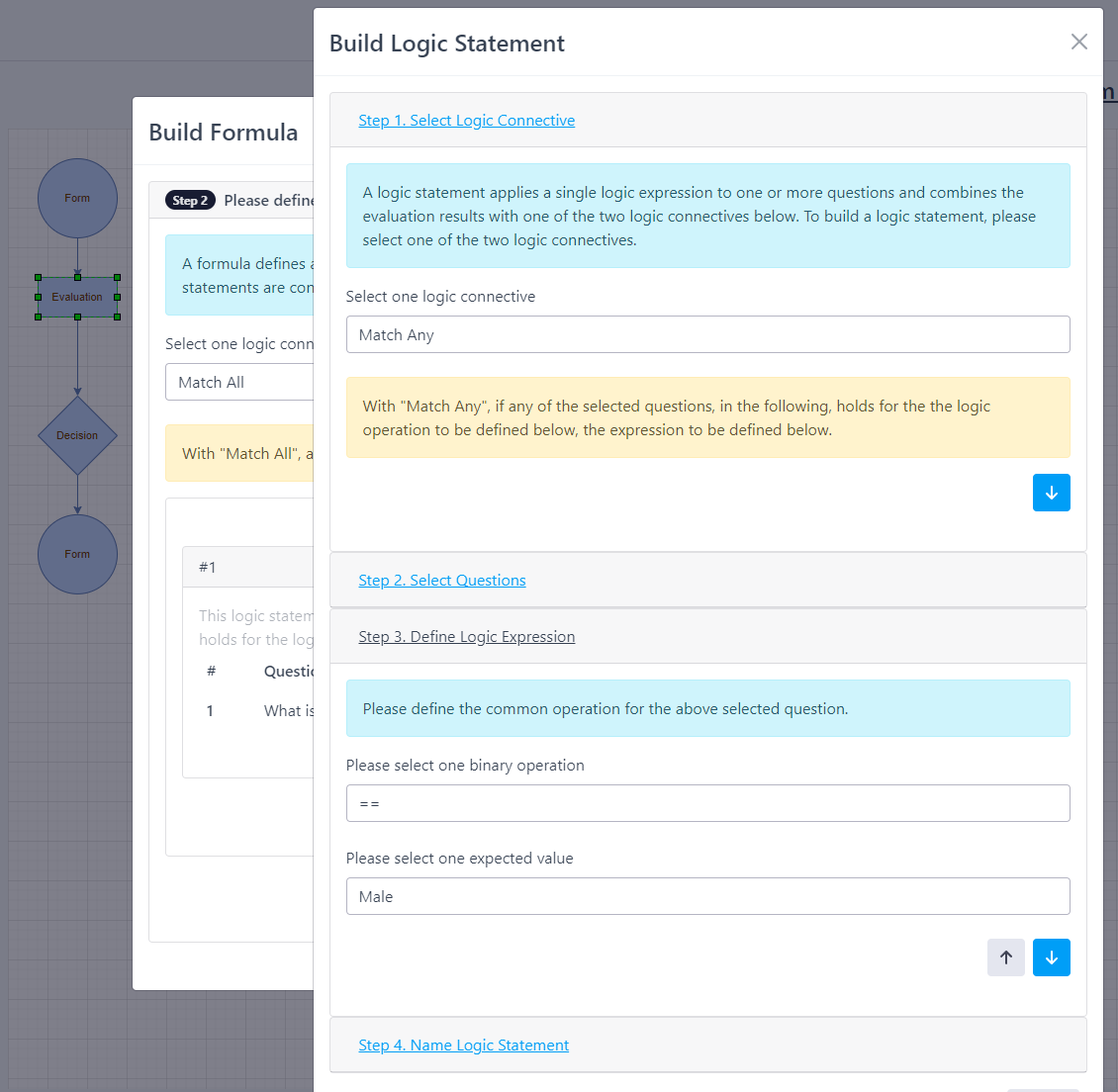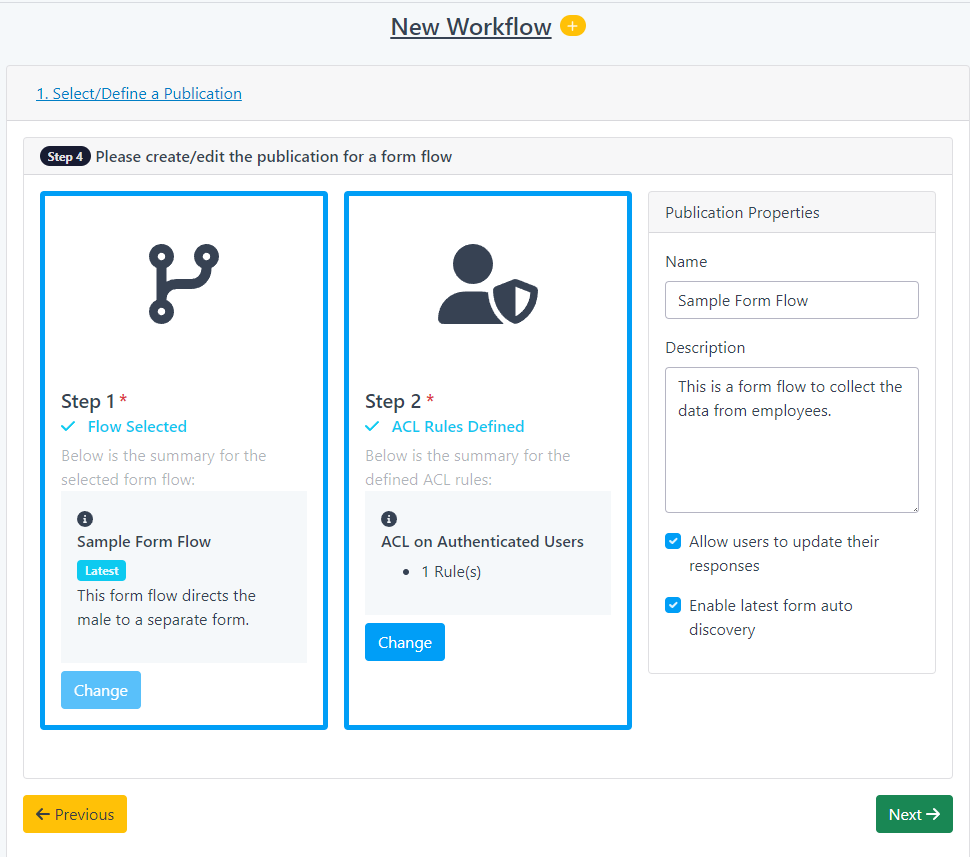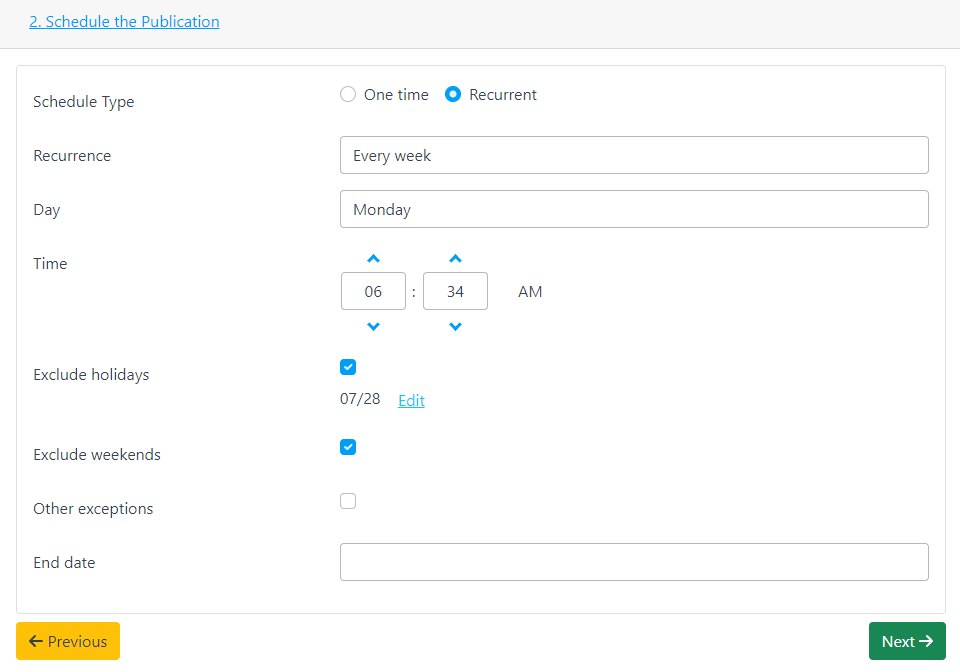One Platform, Three Audiences
Streamline data collection and workflows across employees, visitors, and anonymous users.
Powerful & Flexible Form Builder
Create engaging forms with diverse question types, conditional logic, and custom branding.
Effortless Automation
Automate response evaluation, trigger personalized notifications, and streamline multi-form workflows.
Custom Events & Notifications
Tailor notifications and actions based on specific form responses or conditions, keeping everyone informed and engaged.
Data Collection & Analysis
Gather valuable insights from form responses with powerful analytics and reporting tools.
Mobile Apps for Every Need
Empower your workforce with FormLang and enhance the visitor experience with VisitorHub.
Security & Compliance
Protect sensitive data with robust security features and ensure compliance with industry regulations.
Seamless Integrations
Connect FormLang with your existing tools and systems for a streamlined workflow.
Start using FormLang today!
With FormLang, you can be sure that your business requirements will be met.
Sign up for your organization account. Free!Build Powerful Forms
Reusable Questions and Forms
- Clone an existing form and make changes,
- Or start from scratch by selecting existing questions and/or defining new questions.
Expressive Questions and Data Validation
- Choose any of the standard question types, including multiple choice questions, open-ended questions, yes/no questions; Or use a single table question to collect a list of records for one respondent.
- Specify the data validation rules for your questions: Default/Minimum/Maximum values, and Required property.
Conditional Logic (Form Logic)
- Create a dataflow to define the form logic to hide/show/disable/enable questions based on the respondent's inputs.
Internationaliztion(i18n) Forms
- Translate a single question into different languages.
Publish Forms
Forms Powered by Standard Web Technologies
- Seamless Experience: Accessible, web-standard forms. Mobile friendly!
Custom Forms that Reflect Your Brand Identity
- Build trust with branded forms.
- Easily add your logo to your forms, increasing brand recognition and user trust.
Secure Form Access
- Publish a single form to guests, visitors, or employees, each with the right access control.
User Attribute-based Access Control
- Control who sees your forms with granular detail.
- FormLang's attribute-based access control (ABAC) lets you restrict access based on employee email addresses, department affiliations, or other user attributes.
Smart Evaluations and Actions
Form Actions
- With form actions, you can automate tasks that would otherwise be manual, such as evaluating responses, sending notifications, and triggering customized events.
Form Flows
- With form flows, you can create a more efficient and user-friendly experience by combining multiple forms into a single, cohesive unit.
Streamline Your Work: Scheduling & Custom Notifications
Workflows
- Workflows are a powerful way to automate and manage your routine form tasks. They can be used to create forms, send reminders, and track form responses.
- For example, you could create a workflow that prepares a form for your organization's users every Monday. By checking the responses, you can find out which users have not yet completed the form.
Events and Subscriptions
- This feature keeps your organization's users informed of important events. A wide range of events are available to meet your business needs, including:
-
- Account activities, such as new user signups and user activations
- Form response activities, such as new responses and custom events
- Workflow activities, such as new schedules
- You can also customize notifications for different events. For example, you could send a custom welcome email to a new, active user.
- You can choose to send notifications to users or roles (groups of users).
- You can also schedule emails/SMSs to be sent now or in the future, one time or recurrently.






